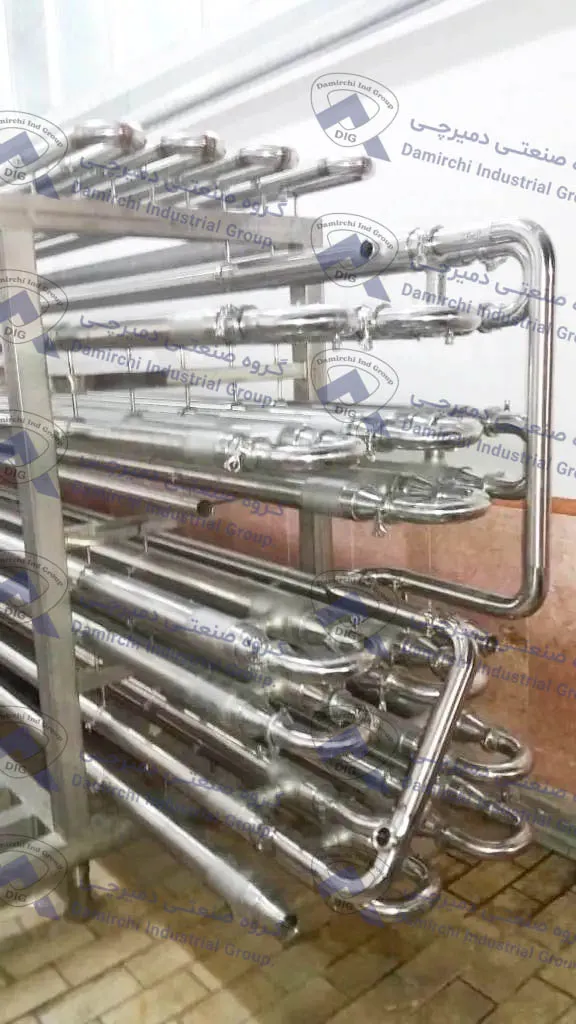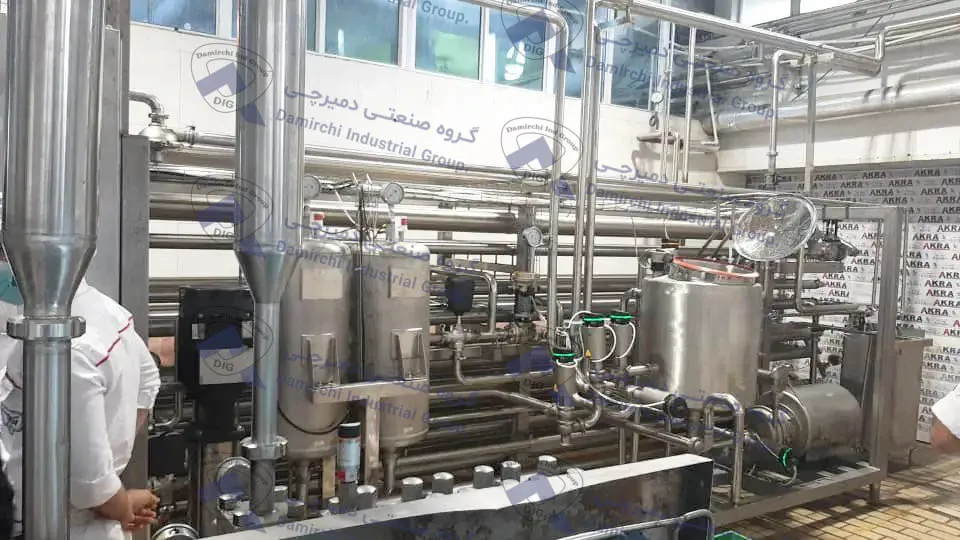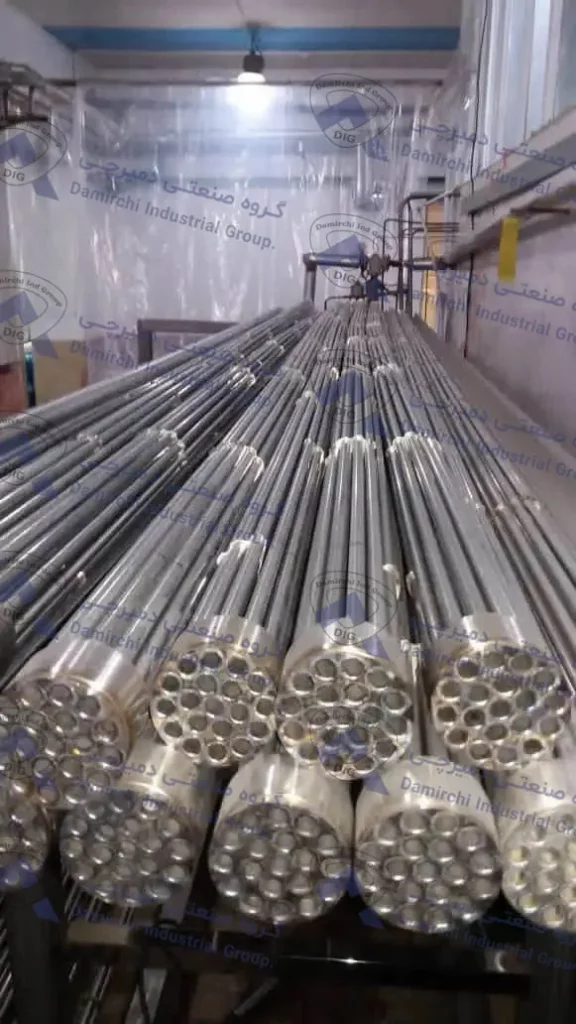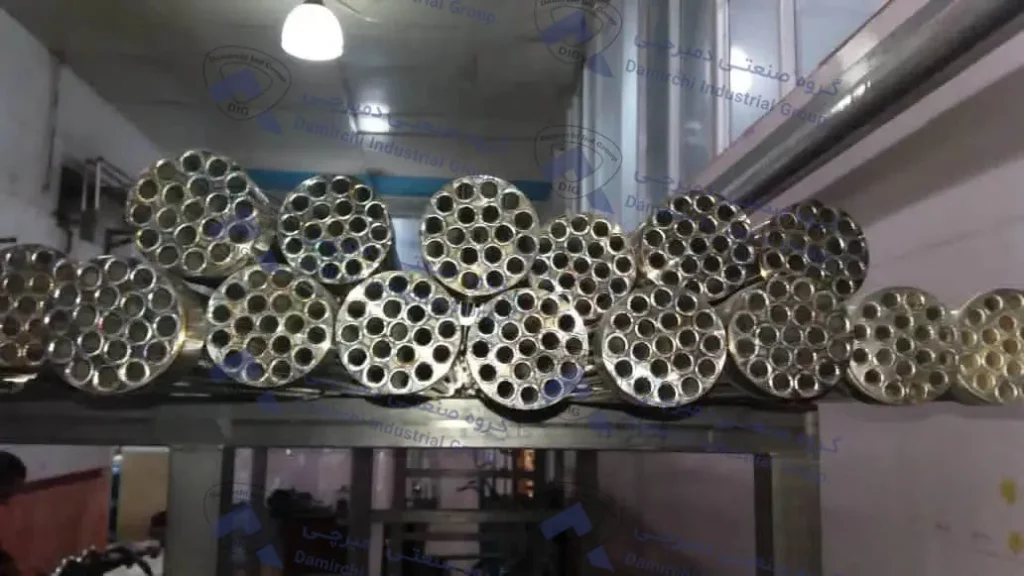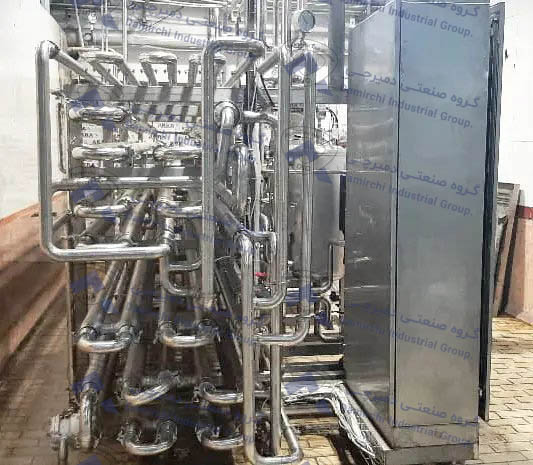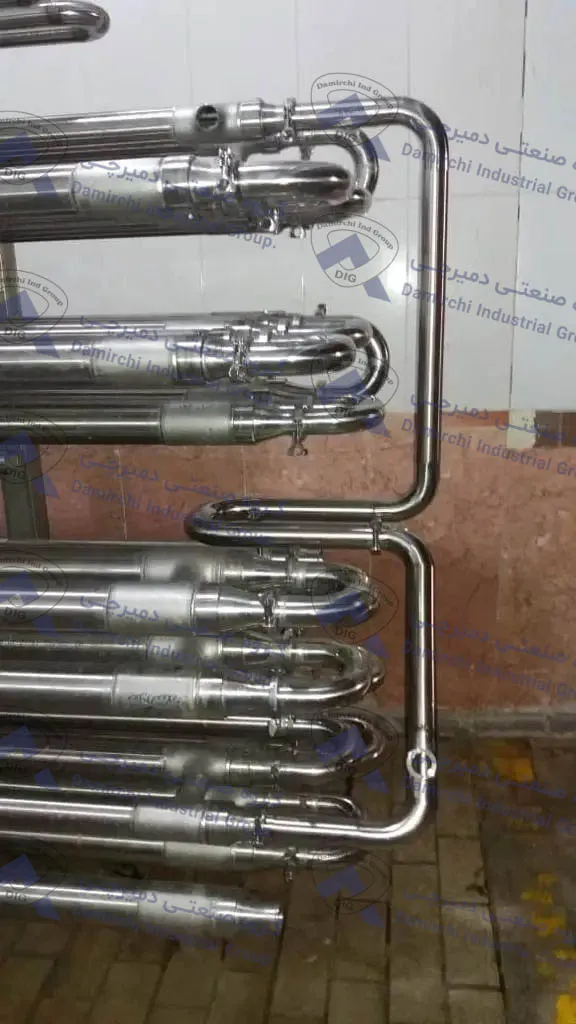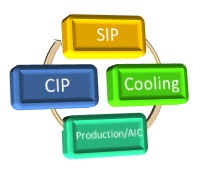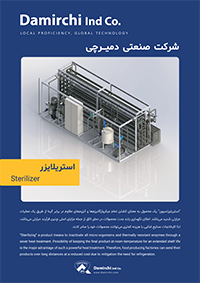
Milk intended to be sterilized must be of very good quality. It is particularly important that the proteins in the raw milk do not cause thermal instability. Low quality raw milk has a damaging effect on both processing conditions and on the final product quality. Sour milk has poor thermal stability and causes both processing problems and sedimentation, e.g. burning-on on the heating surfaces resulting in short running times and difficulties with cleaning as well as sedimentation of proteins on the bottom of the packages during storage. As another example, milk stored for long time at low temperature may contain high numbers of Psychrotrophic bacteria which can produce heat-resistant enzymes that are not completely inactivated by sterilization. These enzymes can cause changes in taste such as rancidity, bitterness or even gelation problems (age-thickening or sweet curdling). The bacteriological quality of the milk must be high. This applies not only to the total bacteria count but also, and even more important, to the spore count of spore-forming bacteria which may cause a negative impact on “Sterilizing Efficiency”.


